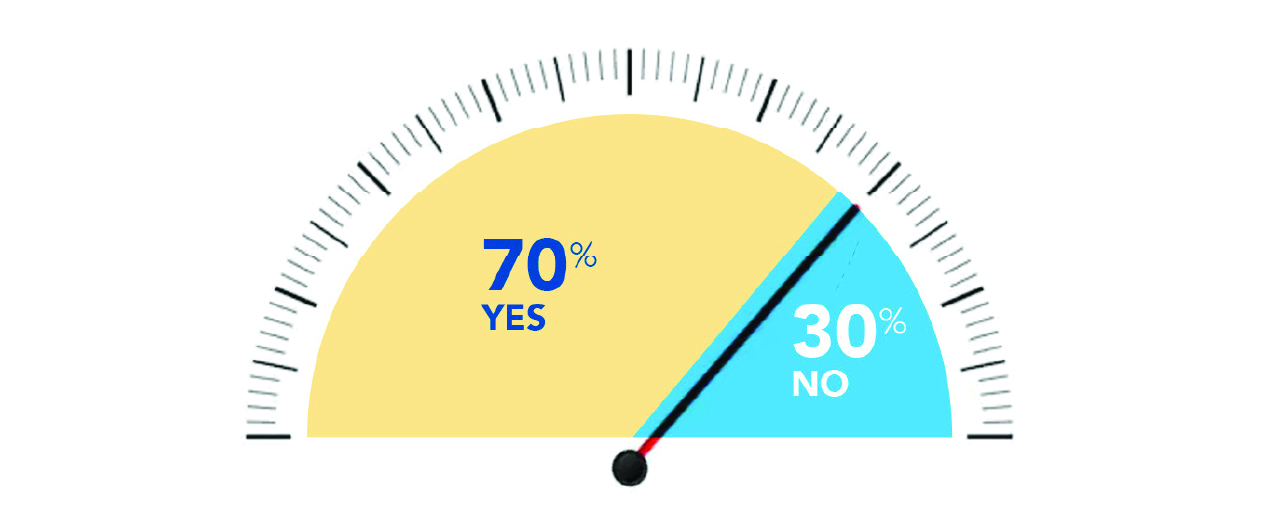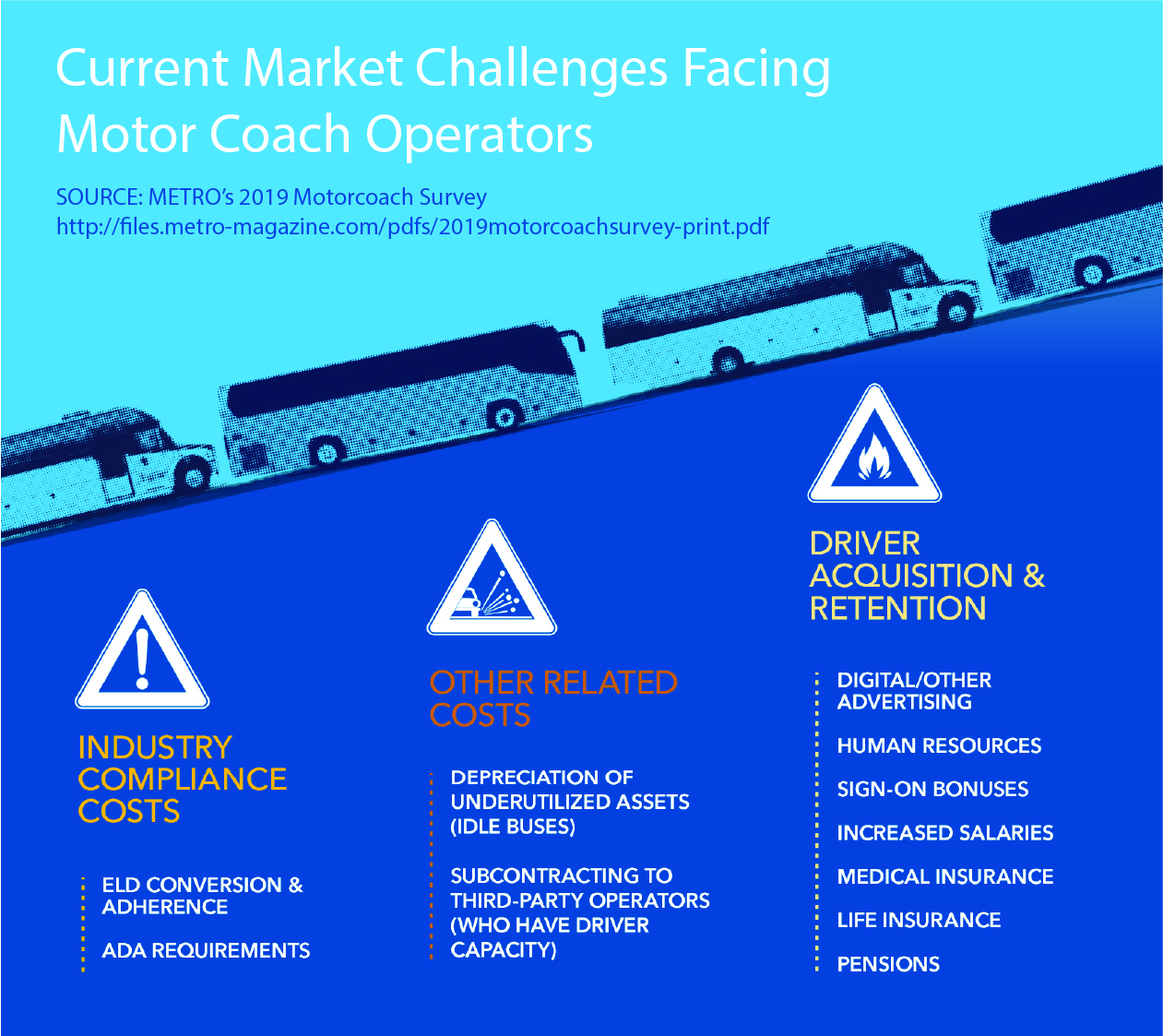Indications of Underlying Vulnerability in the Motor Coach Industry

Sitting in my office at Hilco Valuation Services on a brisk March day earlier this year, I put the phone down and headed into the hallway to share some surprising information with a colleague. That day alone, I had received three separate inquiries from around the U.S., all pertaining to potential valuation and liquidation engagements within the Motor Coach industry.
To put things into perspective, in the first ten years of my career in asset-based valuation services, I was not involved in a single liquidation of a motor coach fleet or even a single motor coach unit. So what was going on?
Over the past 18 months, the industry has been impacted by various developments, exposing potential underlying vulnerabilities across the more than 4,000 operators in the U.S. and Canada. First and perhaps foremost among these has been the required conversion by operators to an Electronic Logging Device (ELD) system. Congressionally mandated as a part of MAP-21, the ELD rule was established to help create a safer work environment for drivers and to make it easier and faster to accurately track, manage and share records of duty status (RODS) data. An ELD synchronizes with a vehicle engine to automatically record driving time, allowing for easier, more accurate hours of service (HOS) recording.
Another contributing factor is the growing number of costly safety standards that must be met by operators in the current environment.
Are you having issues recruiting, hiring or retaining drivers?

Profitability of operators is being affected by these devices. Even though ELD is automated, it still relies upon a very human component, the driver, to ensure proper compliance. For example, drivers accustomed to leaving vehicles idling during rest or food stops prior to the ELD mandate now risk ‘timing out’ their duty status when they take the same action today. These old, ingrained habits are proving hard for operators to change, and, as a result, some are experiencing very costly downtime delays and incurring penalties that are impacting service levels, customer agreements and profitability.
Another contributing factor is the growing number of costly safety standards that must be met by operators in the current environment.
Line-run services across North America, for example, are now required to ensure that 100% of their buses are ADA compliant. Enforcement of this requirement has ramped up over the past 18 months. With, in some cases, hundreds of buses to convert to have the required side wheelchair lifts, some operators were not able to ramp up for conversion in a timely manner, while others had difficulty securing the financing to do so. As a result, a portion of operators’ fleets were not able to operate for an extended period, which, in some cases, caused a catastrophic loss of revenue from idle equipment and related resources. Additionally, tour and charter customers are now requiring units with ADA capabilities more often than ever before.
Adding to these challenges, a continuing shortage of drivers and costs, including attracting, training and retaining qualified candidates in a competitive environment, are having a marked impact across the industry.
Beyond all of this, there still remains a certain amount of ambiguity as to the root cause of why operators across North America are struggling as much as they are. While some industry publications suggest that the industry is strong and thriving, Hilco Valuation Services’ experience with motor coach operators, manufacturers and across the broader Mobile Commercial Equipment industry suggests small to mid-size operators (1-100 unit fleets) are facing challenges in profitability. One critical factor to keep in mind when assessing the viability of a motor coach business based on its assets is that although the average bus has a 17-20-year operating life, the rate at which that bus depreciates in the first 6-7 years in an orderly liquidation scenario is far faster than most companies in the industry are typically willing to acknowledge. This has a direct impact on the structuring of the initial round of financing of these assets.

Given the current environment, we are seeing a host of ABLs involved with the financing of assets in the motor coach industry take a close look at their portfolios, and we expect continued caution and scrutiny moving forward. In this environment, it is advisable to firm up orderly liquidation valuation estimates on fleet assets, particularly if this has not been done recently or if the same appraisal firm has been conducting the valuation year after year over the past decade.
Hilco Valuation Services’ experience with motor coach operators, manufacturers and across the broader Mobile Commercial Equipment industry suggests small to mid-size operators (1-100 unit fleets) are facing challenges in profitability.
Hilco Valuation Services’ expertise in this area is widely recognized, including our track record of success in liquidating motor coach assets for maximum valuation based on our understanding of realistic value and real challenges to an actual orderly liquidation process.





